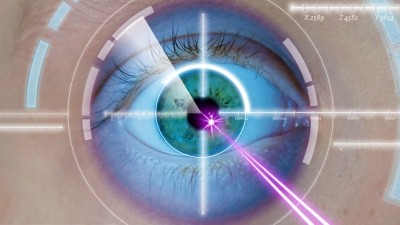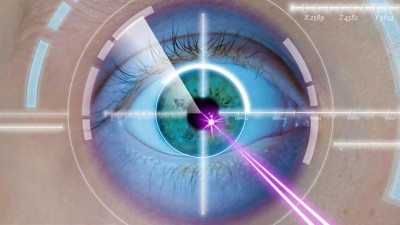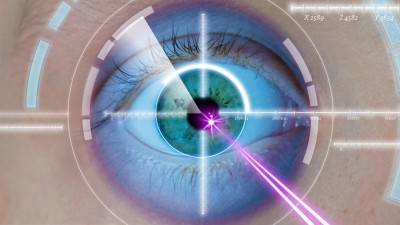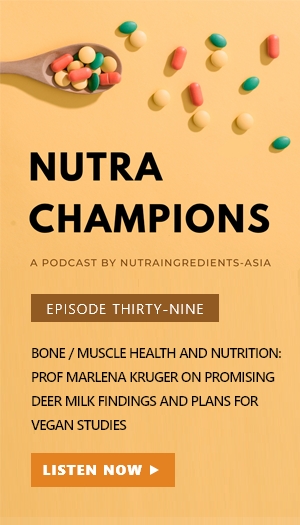High-fat diet and obesity associated with age-related cataract risk: Chinese study

Globally, age-related cataract is one of the top causes of blindness and impaired vision and is therefore a serious public health issue; the situation is especially severe in China.
There are three types of ARC: cortical, nuclear and posterior sub-capsular (PSC). Surgery is the only treatment available, and considering the country’s rapidly ageing population and large numbers of ARC patients, this incurs great medical costs.
ARC has multiple risk factors, including diabetes, hyperglycaemia, blood pressure, obesity, lipid levels, and high myopia. Lipid levels, obesity and blood pressure in particular have been reported as consistently linked to blood lipid concentration, but there has been no concrete evidence that elevated blood lipid concentration is a risk factor for ARC.
Cholesterol and cataracts
As such, researchers at Shanghai's Fudan University and the Xi'an Jiaotong University conducted a cross-sectional, case-control study to determine the role of serum lipid levels in ARC.
They recruited 219 ARC patients (94 men and 125 women) and 218 healthy control subjects (110 men and 118 women), and performed a detailed eye and systematic examination on them.
They also measured the participants' levels of serum HDL cholesterol, serum LDL cholesterol, triglycerides, overall cholesterol, and serum apolipoprotein A and B.
Subsequently, the researchers observed that among the ARC patients, serum LDL cholesterol, triglyceride, cholesterol and apolipoprotein A levels were significantly higher than among the healthy controls.
They noted a similar result when comparing serum lipid concentrations between the ARC patients and healthy controls, in both the male and female sub-groups.
They had also conducted logistic regression analyses, which revealed that high levels of LDL cholesterol and triglycerides were independent risk factors for ARC.
Limitations on lipid observations
However, the study's cross-sectional design led the researchers to state that they were unable to fully investigate the exact mechanisms of the relationship between serum lipid concentration and ARC. This in turn made it difficult to infer exact causality between ARC and serum lipid concentration.
Additionally, the study subjects were all Chinese, limiting the results' generalisability. The researchers also did not consider administering lipid-lowering medication, or how it might have influenced the study's results.
Hence, a multi-centre study with a larger sample size was suggested for future research.
They concluded: "The findings from this case-control study suggest that the serum LDL cholesterol, triglycerides, cholesterol and apolipoprotein A concentrations were significantly higher in the ARC patients than in the controls.
"Serum LDL cholesterol and triglyceride concentration were significantly associated with ARC. In addition, no significant difference in serum lipid levels was found between the nuclear, cortical and PSC cataract groups.
"These findings indicate a need for health promotional activities aimed at controlling blood lipid concentration among high-risk populations."
Source: British Medical Journal
http://dx.doi.org/10.1136/bmjopen-2018-021496
"Association between serum lipids concentration and patients with age-related cataract in China: a cross-sectional, case-control study"
Authors: Shengjie Li, et al.














